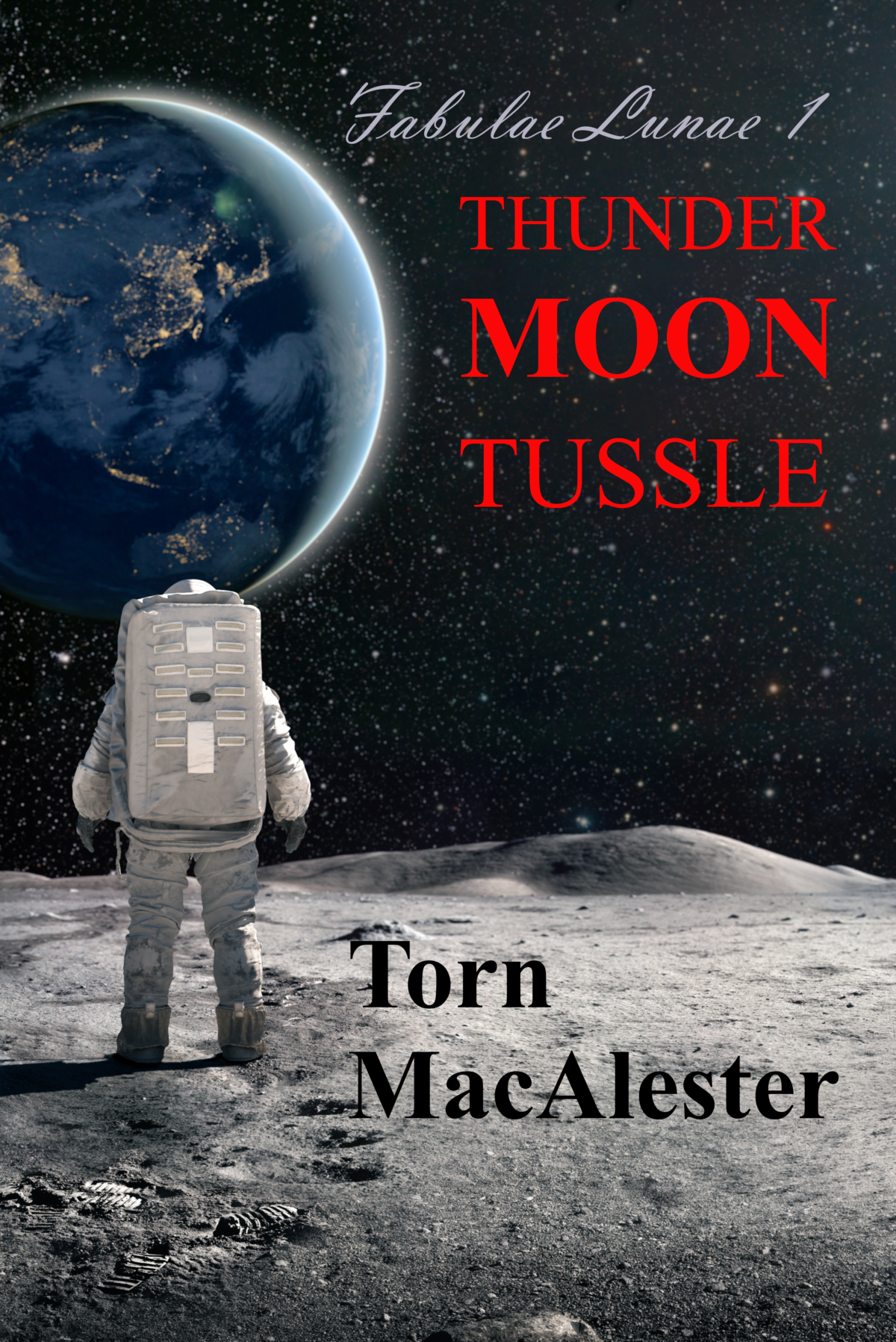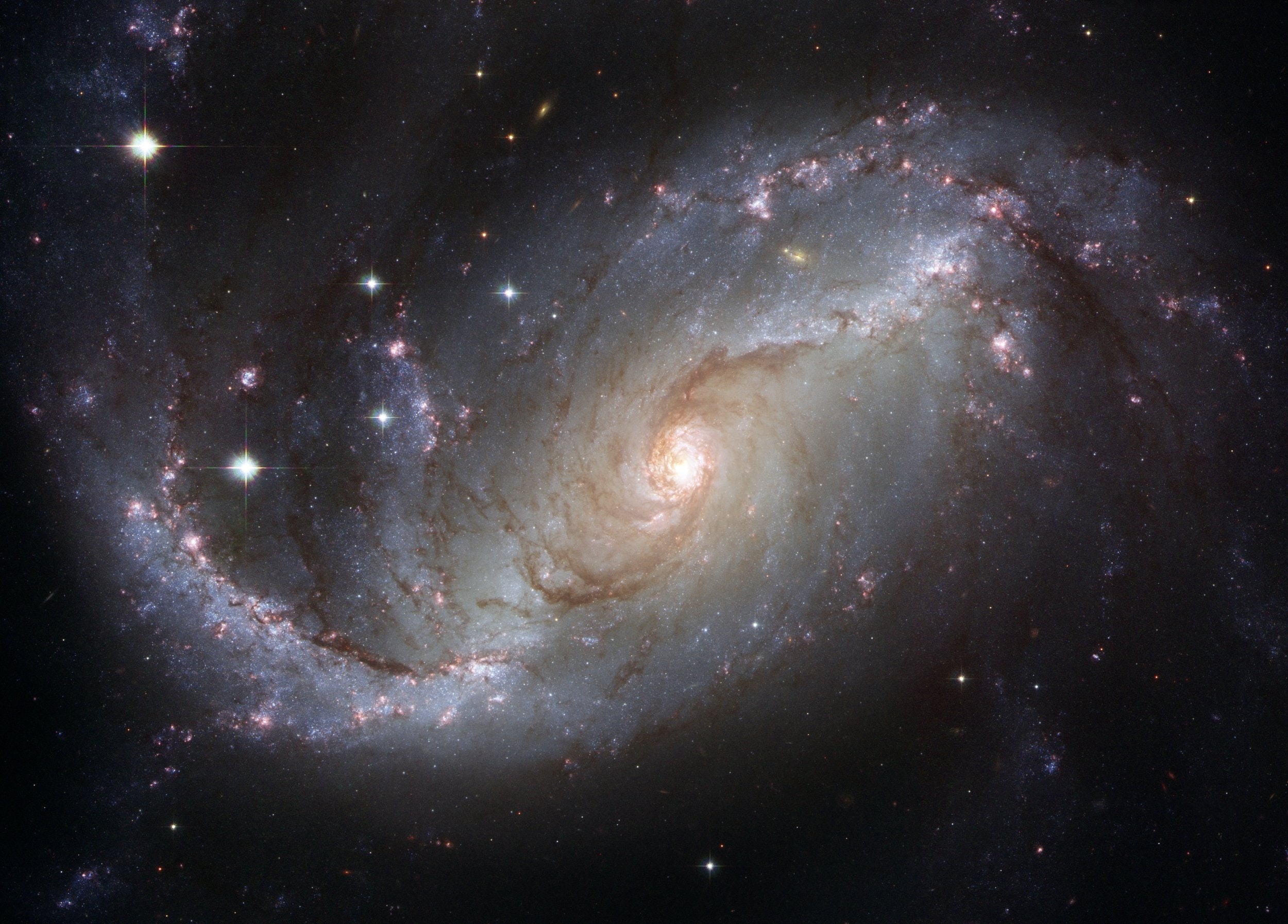
Available from Amazon.com: The Lunadyne Incident and Other Stories Thunder Moon Tussle Torn MacAlester’s Fabulae Lunae The Lunadyne Incident and Other Stories

Available from Amazon.com: The Lunadyne Incident and Other Stories Thunder Moon Tussle Torn MacAlester’s Fabulae Lunae The Lunadyne Incident and Other Stories
https://youtu.be/UT2U1WqPwDU?si=fBxRqA3Xz7bPO70T Thank you Simon Ward for the wonderful discussion on the Budding Author Podcast. I look forward to talking again.
Fabulae Lunae 2 Mask of the Joyful Moon By Torn MacAlester The sequel of Fabulae Lunae 1 Thunder Moon Tussle
Mark Mason glanced at his phone. The messages were still in the positive despite the board taking their time. The dragging of feet favored his father, Morris Mason. If Mark was going to wrest control of the company from him, now was the time. Morris had out maneuvered him several times before, but this time […]
DiscussionsEach Week, Torn hosts a discussion on his discord channel: Torn MacAlester Science Fiction. Join the discussion and learn what he thinks about prior to writing his science fiction stories. Week of Jul 2, 2023 [2nd Jul at 1 PM EDT (6 PM GMT), 5th Jul 9 PM EDT (6th 2AM GMT)] Artemis 1 […] […]
Fermi Paradox The Great Filter The Fermi Paradox creates an interesting dilemma from science. What is the filter that seems to be preventing conclusive evidence of alien civilizations? We have several options: Planets capable of supporting life: That might be a deceptive description. What is a planet capable of supporting life. The first indication is […]
Morgan’s Road by Torn MacAlester Morgan’s Road is a short story that I wrote a few years ago. It is not the first thing I ever wrote, but it is the first story that I decided to share with a broader audience. It is a fictionalized account of the discovery of water ice on the […]

Hi, I will have my Sunday Discord chat at 1–2 PM EST (6–7 PM GMT) and the Wednesday Discord chat on wed 9–10 PM EST (2–3 AM GMT Thrursday). This weeks topic is the The Kardashev Scale. Torn’s Discord Channel
The Sunday Discord Chat starts in a few minutes at 1 PM EST (6 PM GMT). https://tornmacalester.com/discord/